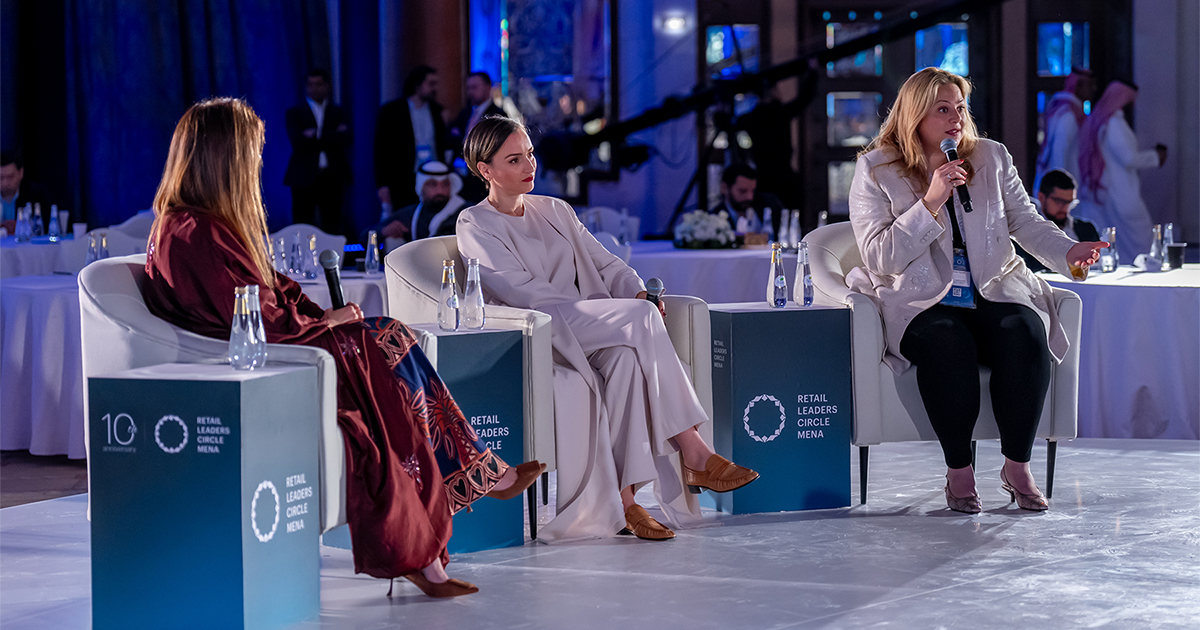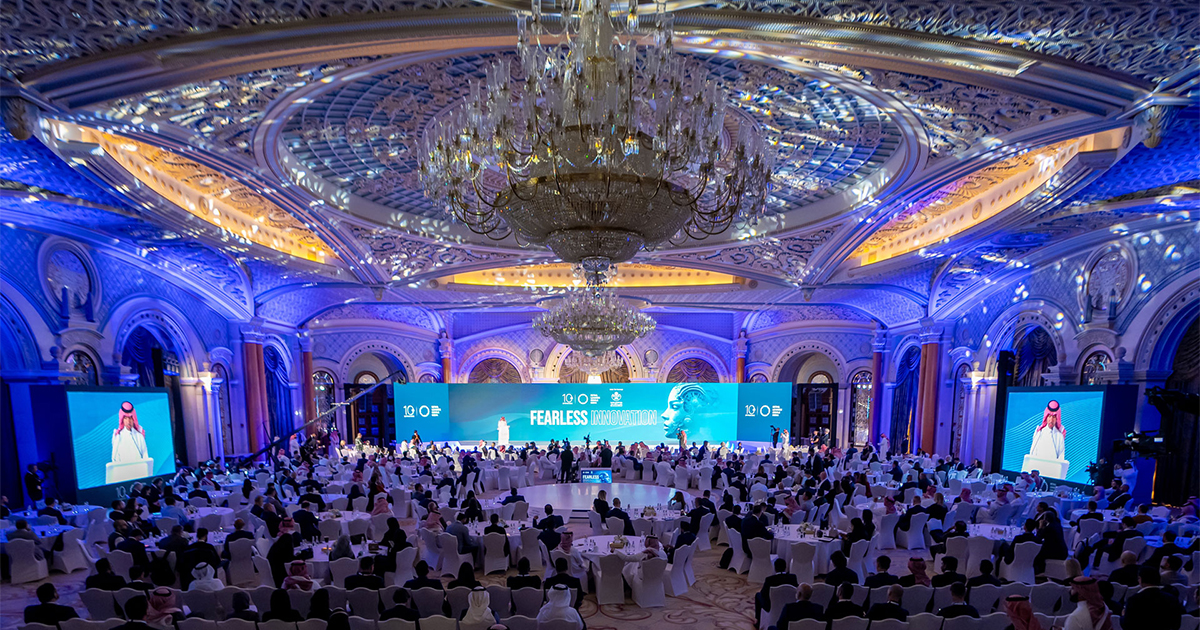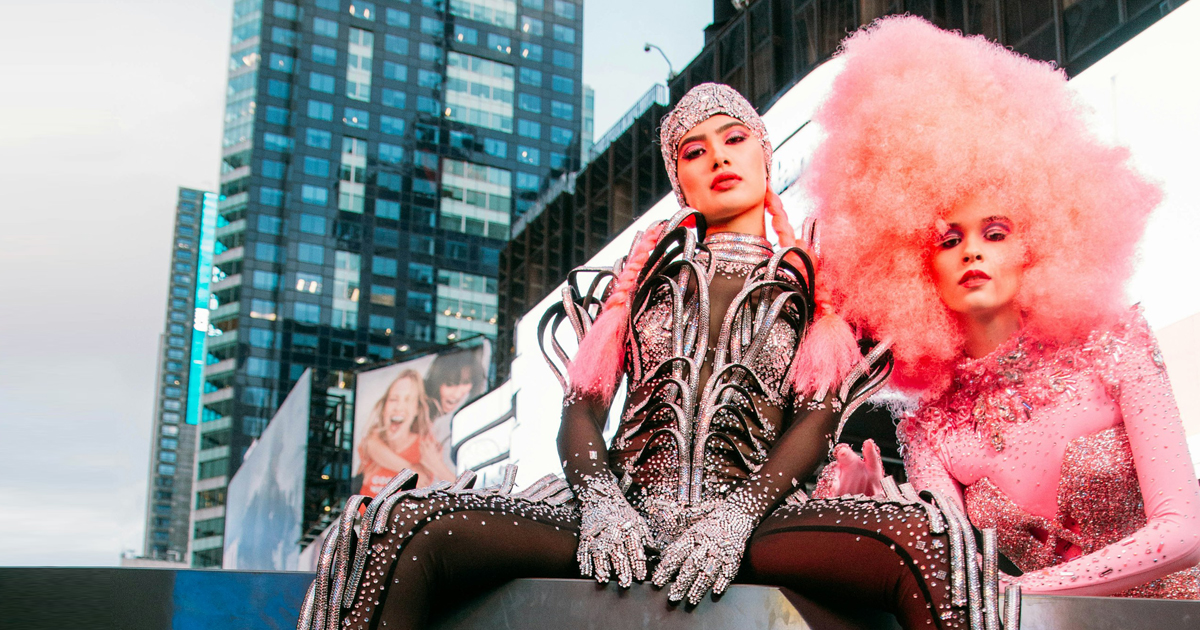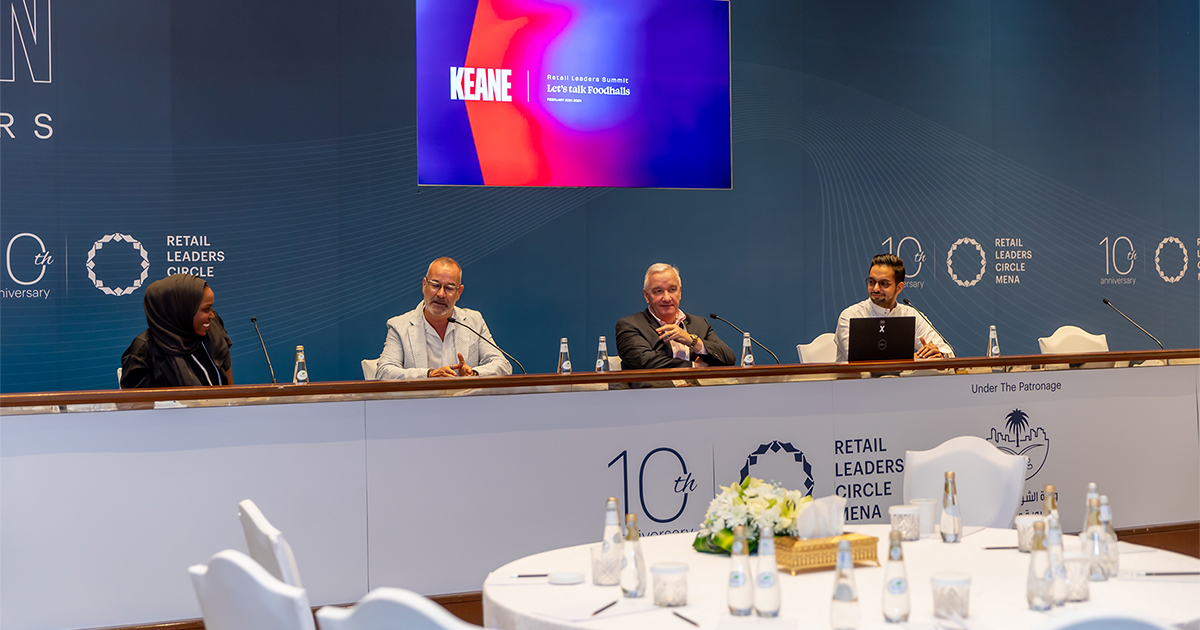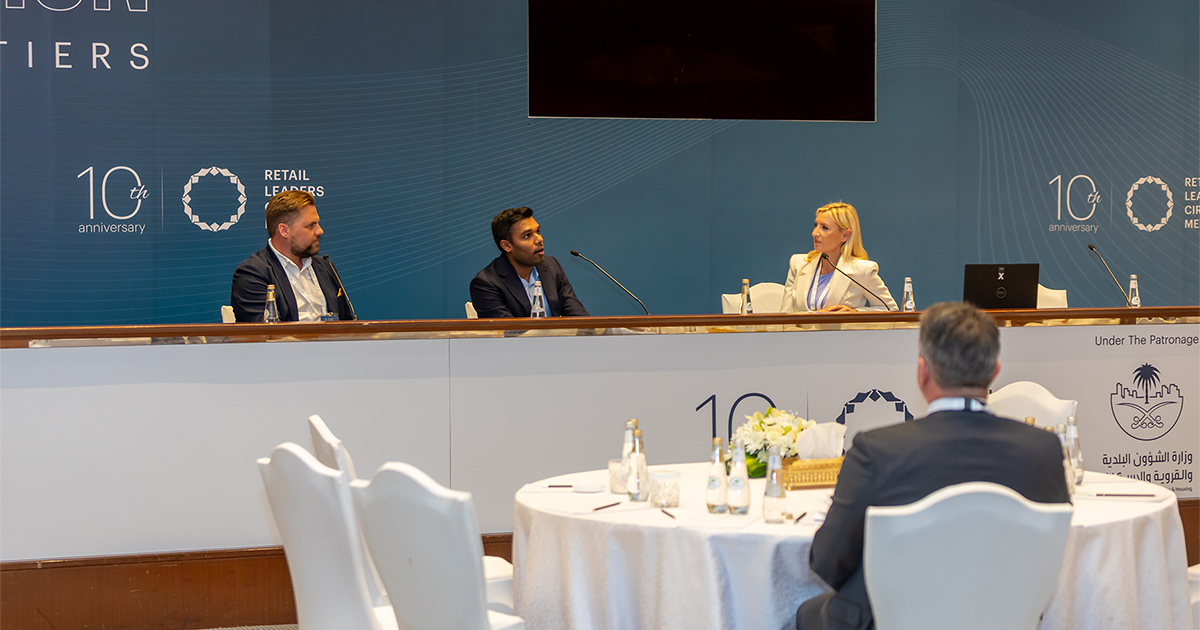Dima Ayad, CEO & Founder of Dima Ayad and DAC Communications, Hind Sebti, Founder of whind Beauty and co-Founder of Waldencast group and Faiza Bougessa, Owner and Creative Director of Bougessa discuss with Nisreen Shocair, CEO of Shocase Middle East the evolving landscape of fashion and beauty and the narrative of regional brands making a global impact marked by innovation, resilience, and a deep connection to cultural roots.
Brands like Dima Ayad and Bougessa, alongside beauty pioneers like whind Beauty, are redefining the industry by bridging the gap between local authenticity and global appeal. These entrepreneurs are navigating the complex dynamics of global markets, challenging stereotypes, and leveraging their unique cultural heritage to offer products that resonate on a worldwide scale.
The journey of these brands underscores the importance of inclusivity and the need to cater to underserved markets. Dima Ayad’s foray into fashion was driven by a personal struggle to find inclusive sizing, leading to the creation of a brand that was the first inclusive-sized label featured on a major international platform. This milestone not only showcases the brand’s excellence but also highlights the shifting paradigms in fashion, where diversity and representation are becoming increasingly paramount.
Similarly, Bougessa’s innovative approach to modernizing traditional attire has captured the attention of a global audience, seeking to diversify their wardrobes with pieces that blend contemporary design with cultural significance. This reinvention of the abaya into a global fashion statement exemplifies how regional designers are crafting their niche, challenging conventional norms, and broadening the scope of what is traditionally considered fashionable.
In the beauty sector, whind Beauty’s emergence as a brand that marries high-performance skincare with sensorial richness draws inspiration from the founder’s Moroccan heritage. By positioning itself as a brand that embodies the beauty rituals and ingredients of the Arab world, the brand is setting a precedent for how regional brands can harness their cultural assets to create products with universal appeal, thereby filling gaps in a saturated market.
These narratives are underpinned by the challenges of scaling, navigating political unrest, maintaining a unique selling proposition, and the ever-present need for direct consumer engagement. As these brands evolve, their journeys highlight the importance of community building and leveraging direct-to-consumer channels to foster closer relationships with their audience, ensuring adaptability and resilience in a rapidly changing industry landscape.
A collective call to action for greater regional support is necessary, urging stakeholders across the industry – from media to retailers and beyond – to recognize and champion the talent emerging from the Middle East. By doing so, the fashion and beauty sectors can cultivate a more inclusive, diverse, and innovative global marketplace, where regional brands are celebrated not just for where they come from, but for the unique perspectives and quality they bring to the world stage.
 What makes beauty and fashion brands category expandable is that there is potential for as many beauty and fashion brands as many are the different women
What makes beauty and fashion brands category expandable is that there is potential for as many beauty and fashion brands as many are the different women 

